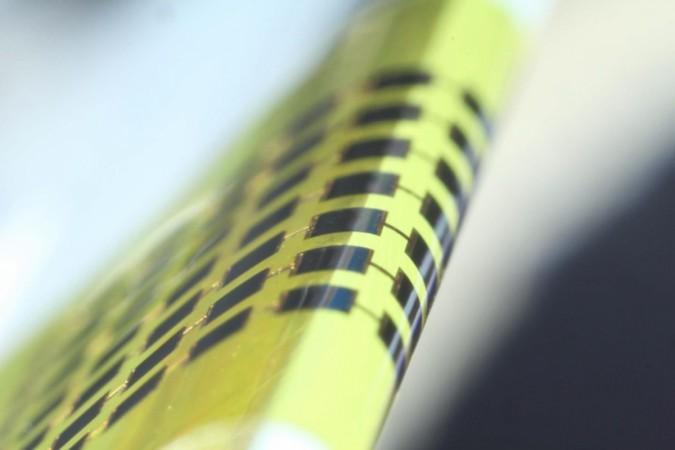
As solar energy costs plummet and their efficiency goes through the roof, the future of solar energy should switch from lighting homes to powering devices. While solar panels and solar cells have traditionally been flat and best suited for rooftops, a breakthrough in solar cell tech has made them thin and flexible enough to be "wrapped around a pencil."
The development was made by scientists at South Korea's Gwangju Institute of Science and Technology and their flexible solar cells are about a micrometre thick, making them thinner than an average human hair and hundreds of times thinner than regular solar panels, Eurekalert reported.
In their paper, the researchers point to the technology being used to develop self-sustaining wearable devices. According to the paper, the newly-developed solar panels are thinner than similar solar panels by a factor of four and were made with the semiconductor gallium arsenide.
The breakthrough was possible because the scientists successfully managed to paste the semiconductor cells on a flexible substrate without the use of an adhesive. According to Redorbit, the cells were "cold welded" by applying pressure at a temperature 170 degrees Celsius. Apparently, this melts a temporary adhesive over the cells, which can subsequently be peeled off to reveal a metal-to-metal bond that is also effective at reflecting stray photons back to the cells, thus improving efficiency.
According to the researchers, the flexibility in the solar panels means they can be wrapped around materials 1.4mm thick and experience a quarter of the stress experienced by similar solar panels that measure 3.5 micrometres in thickness.
The researchers believe that the technology could result in solar panels being integrated into the frames of smartglasses and even clothing.






